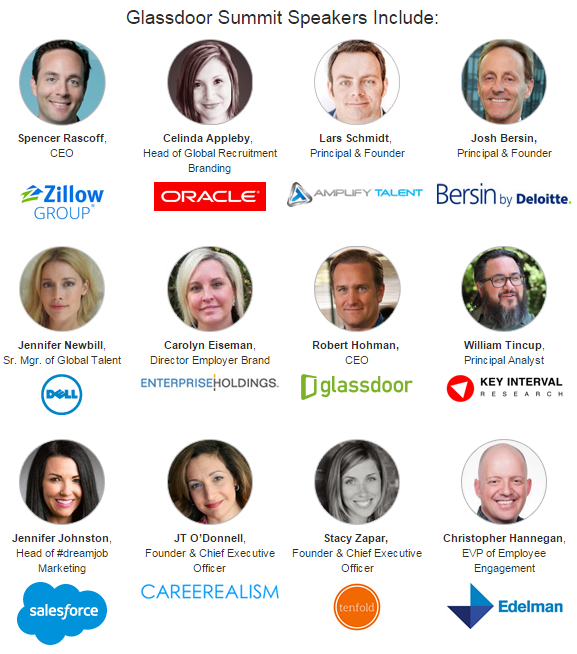This week I get to review Talent Relationship Marketing (TRM) technology Phenom People (who apparently, like @Kris_Dunn, think it’s good to put an underscore in your Twitter name!). So, what’s TRM? TRM is a new entry into the Talent Acquisition/HR technology space. It’s basically, the technology that you use from visitor to applicant, whereas your ATS is applicant to hire.
Phenom People, formally iMonentous, has its roots in mobile recruiting. Back in 2010 when they started it was under this idea that ‘hey, looks like a lot of people might use these smartphones to search for jobs!’ Turns out, they were really right! Phenom People has grown into a technology that attempts to make the job search more like online shopping. Think Amazon, but for searching and applying for a job on your own career site.
Online shopping has evolved to a point where it seems like the site you’re visiting knows what you want before you do. Phenom People does the same thing for your candidates! It tracks everything about a job seeker who enters your career site. Where did they come from, what did they look at, where did they go, etc. Tracking over 400 data points in the process. Phenom can tell you an amazing amount of information about the people coming to your site, and give you the inside track to source and engage those people again, even if they don’t apply!
5 Things I really like about Phenom People:
1. Look Ahead Search. You know when you start typing in Amazon and auto fills in what you think you’re searching for? Phenom does that for your job seekers. You might not think this is a big deal until you use it and see the difference as a job seeker. It’s awesome.
2. Careers Page turned Shopping experience. Job seeker personalization is very 2016! If you ever shopped online, especially at Amazon or similar sites, you can kind of picture what Phenom People will do your career site. Jobs, for sure. But, also, personalized curated content, designed specifically to the user, even when you don’t know that user. Reviews, through a great API integration with Glassdoor, where the job seeker never leaves your site, but can still do their research!
3. Analytics that will scare you! In a totally good way! It’s unbelievable what Phenom People can tell you about each and every person who visits your site, plus the information they can give you to re-engage those people who never even gave you one piece of information! It’s big brother for talent acquisition, and you’re going to be amazed!
4. A complete history of every job seeker who visits your site. Sourcing and recruiting is tough. It gets much easier when you’re given a complete history of what, where and how the job seeker found you, how long they stayed on pages, what content they engaged with, etc. Stuff the job seeker use to believe was secret, you now know, and can use to build a great selling strategy to get them interested in your organization and jobs!
5. The upside is very impressive! Many of the technologies I review are great, but they lack capacity to grow into anything else than what they really are. That’s fine, if they’re good at what they do and ROI makes sense. Phenom People is just scratching the service of what they can do with the information and data they have on your job seekers! Imagine a day, soon, where you can go to your executives and show them exactly how many of your competitors workers came to your site, how many applied, how many you hired, how many you can still go after! That’s a game changer. That’s when Talent Acquisition becomes a competitive advantage. When TA can systematically weaken your competition!
Phenom People works in the mid to enterprise level market. 50 jobs/around 1,000 employees is probably the low end of where they’ll get enough data to make a difference for your organization. They won’t replace your ATS, this is pre-ATS stuff, but they work in conjunction with your ATS. Great technology. Take a look, well worth the demo!
T3 – Talent Tech Tuesday – is a weekly series here at The Project to educate and inform everyone who stops by on a daily/weekly basis on some great recruiting and sourcing technologies that are on the market. None of the companies who I highlight are paying me for this promotion. There are so many really cool things going on in the tech space and I wanted to educate myself and share what I find. If you want to be on T3 – send me a note.

